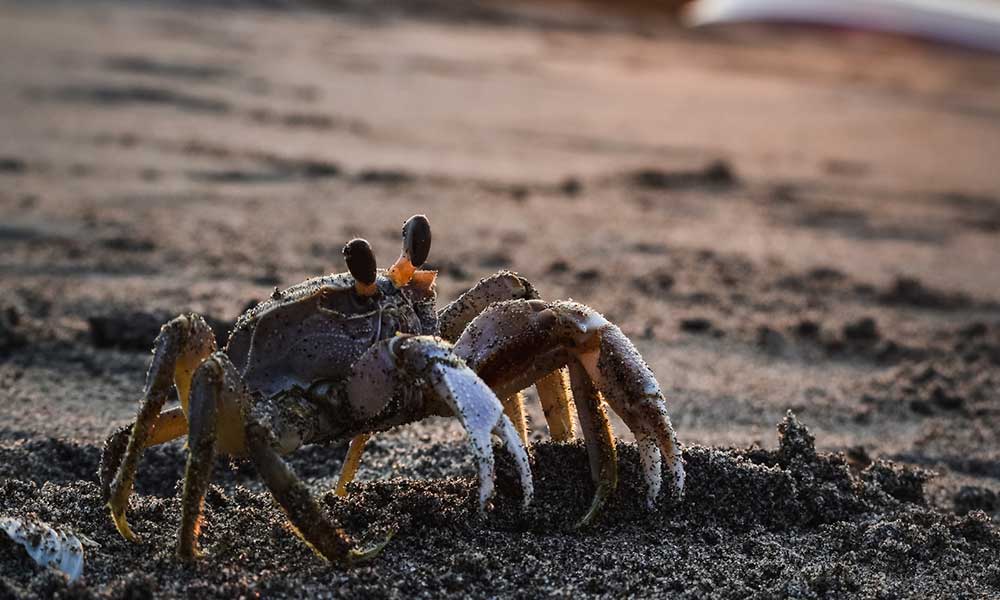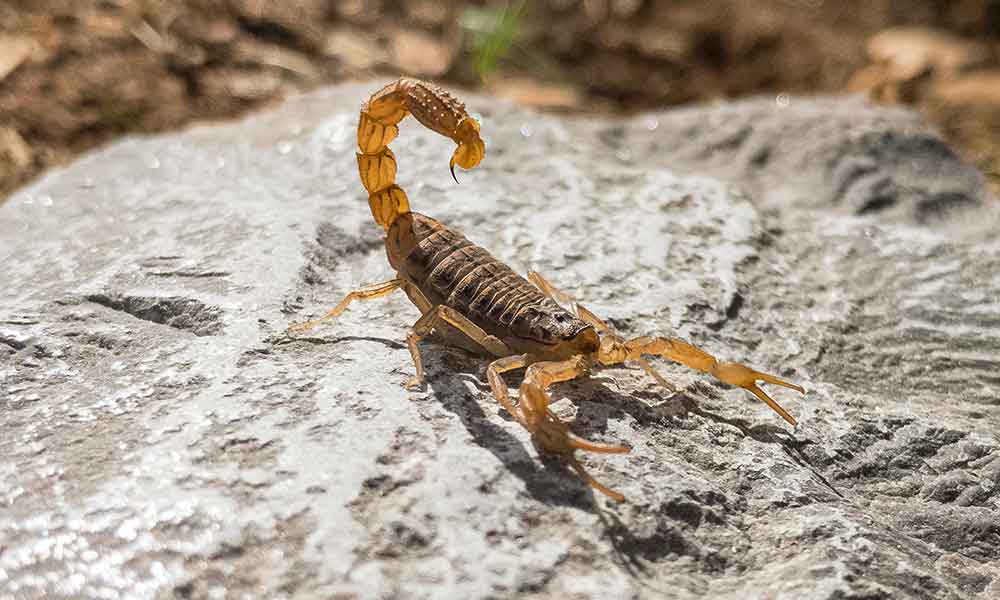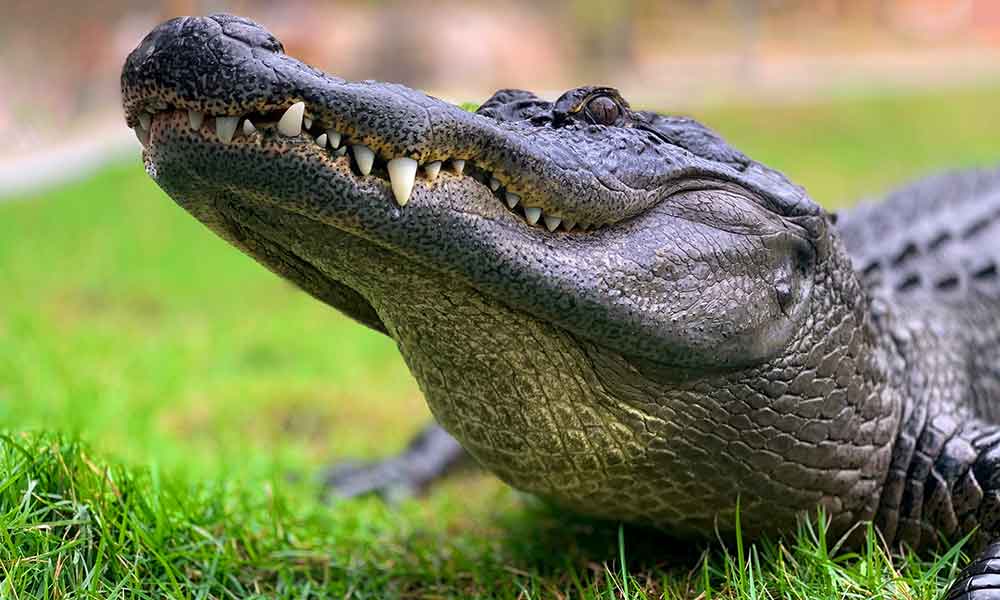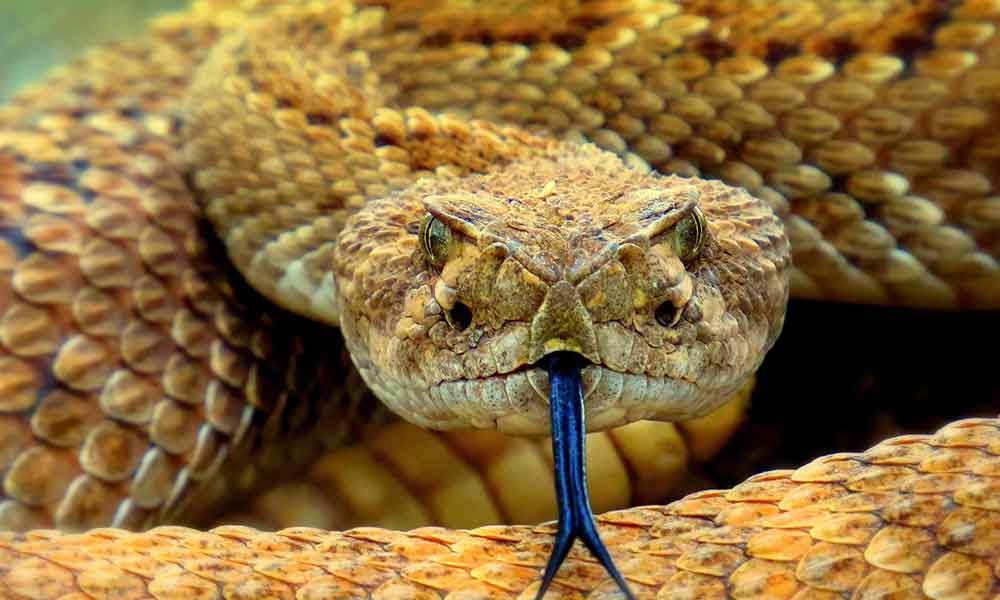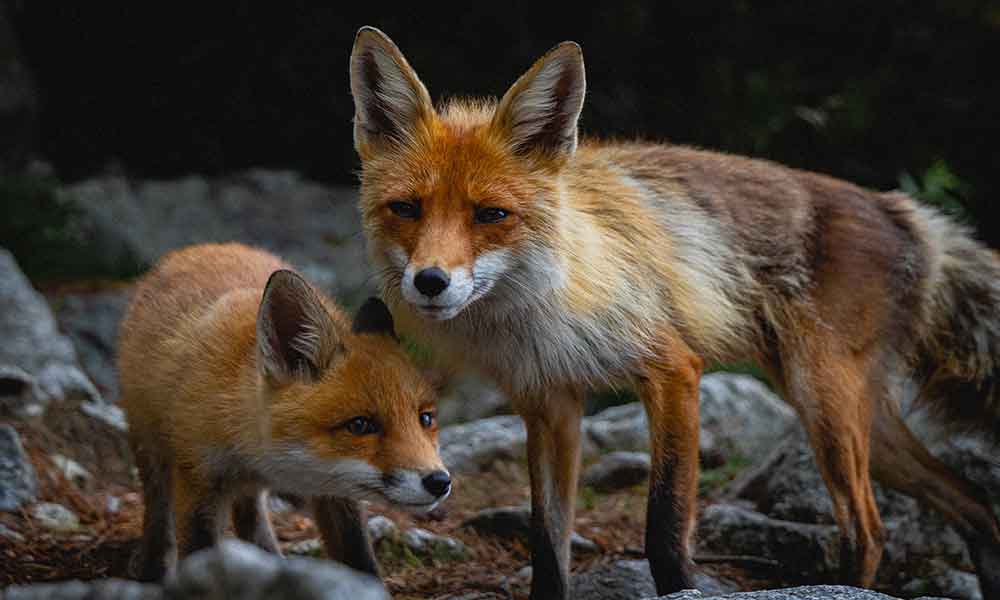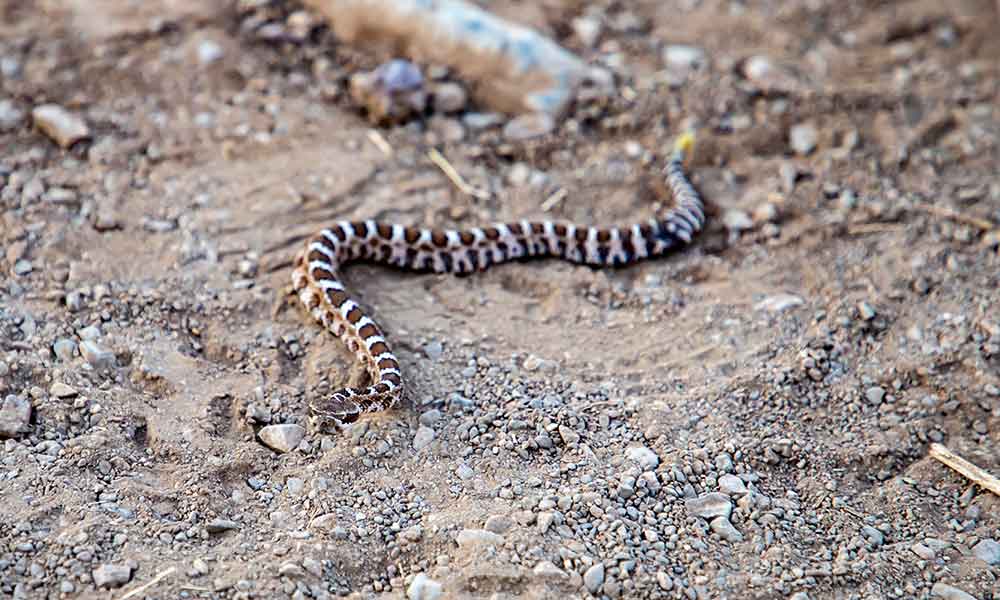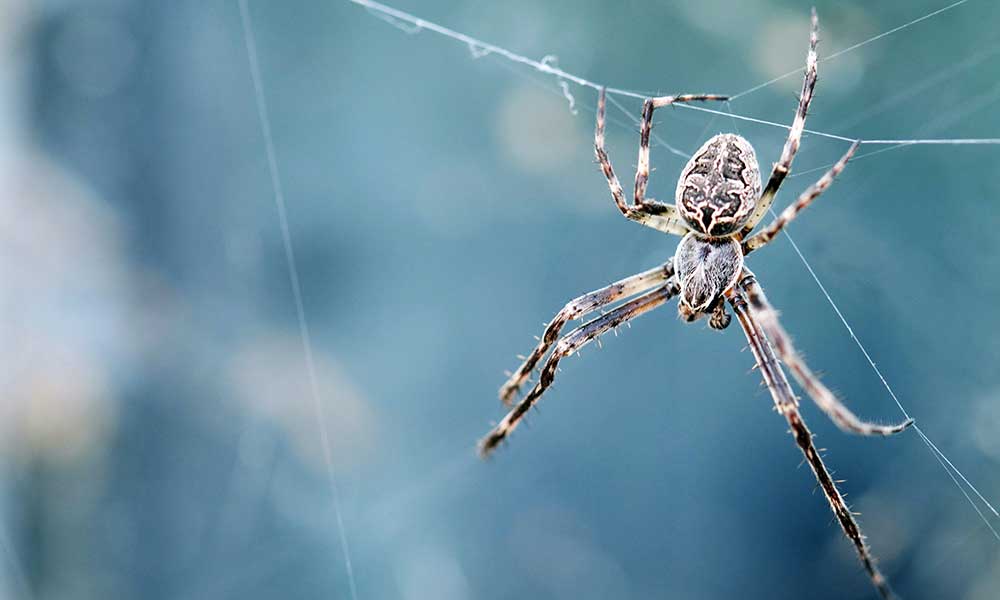You’re not alone when you step on the sand or are walking in the shallows. The beach and ocean are teaming with life.
Here are 6 animals you may come across next time you go to the beach that live in the sand. Let’s explore sand crabs, the roly-poly, sand fleas, blood worms, beetles, & clams.
Sand Crabs
Sand crabs, also known as mole crabs, are small crustaceans that live in the sand and look like tiny eggs.
They can grow up to 1.5 inches long and are easy to find when you’re sitting on the sand.
These critters spend most of their lives following the tide to ensure they continue to stay shallowly buried in the wave wash.
Many different types of fish feed on sand crabs.
You’ll usually find them in small groups because they prefer to stick together instead of exploring alone.
Whenever they hear sound from the waves or nearby footsteps, they quickly retreat their antennas.
This type of crab doesn’t contain any claws and is prone to eating plankton that they catch with their antennas.
They’re also highly adaptable and are always reburying themselves in the sand after moving back and forth in an attempt to follow the waves.
The Roly-Poly
While spending time on the sand while relaxing at the beach, many people don’t realize other types of critters may be hiding in the sand.
Roly-polies are a common type of nocturnal crustaceans that lives in the sand at the beach.
Roly-Poly are isopods that are known to move around on the beach according to the current water level.
They’re known to burrow from the high tide line and can hide in dried wrack piles that are present on the shore.
Roly-polies that are present in the sand are a sign of good beach health.
It also indicates you’re likely to find other rare species at the beach.
Roly-polies are common at beaches in Southern California, specifically at Santa Monica Bay.
Sand Fleas
Sand fleas, or beach hoppers, aren’t insects, although they look like them.
They’re actually related to shrimp and barnacles and are prone to living higher up on the shore during high tide.
Although they’re easy to see when you’re lying on the sand, you don’t have to worry about them biting.
They’re not harmful to humans or animals, compared to actual fleas.
Beach hoppers are easy to see because they like to jump high in the air.
Blood Worms
You can find blood worms in the sand that is slightly damp and closer to the water, which allows them to burrow a lot easier than in coarse sand that is dry.
They have a vibrant red color shade, which is how they got their name.
Their bright hue makes them easy to find when you’re digging in the sand.
These worms feed off the sand as they burrow into it and act similarly to earthworms.
They suction food like a vacuum as they eat organic material.
These worms can also bite easily, which can cause a severe allergic reaction.
Seagulls often look for bloodworms to eat and quickly scoop them up in the sand.
Bottom-feeding fish and crabs also hunt for these types of worms.
They are often harvested and used as bait for those who fish.
They contain a lot of copper in their bodies and contain jaws that contain venom to protect themselves from predators.
Beetles
Aside from roly-polies, beetles are also prone to hiding in dried wrack piles on the sand as they look for shelter.
They feast on sand fleas and fly larvae.
Although a variety of different types of beetles are present in the sand, rove beetles are the most common.
They live to live in moist settings, similar to isopods.
They feed off of different types of living organisms close to the water and sand.
Tiger beetles are also a common type of critter to inhabit the sand and are considered to be an endangered species.
They’re often present on long and wide beaches that are more remote and don’t get too crowded.
This type of beetle prefers to live in sand that has a medium coarseness.
Tiger beetles are prone to going closer to the water on warmer days throughout the year.
Adults are also present in the sand between June to September each year when they mate.
Female tiger beetles leave behind their eggs, which hatch from the months of July to August.
Tiger beetles have an average lifespan of two years and are often difficult to see because of their tan bodies, which cause them to become camouflaged on the sand.
In the evenings, they’re more active.
Clams
Many different clams live in the sand at the beach near the intertidal zone closer to the waves.
Both Razor clams and Pismo clams are extremely common.
They are often harvested to eat as food or for recreational purposes.

